What is female incontinence?
.png?v=1666172649946)
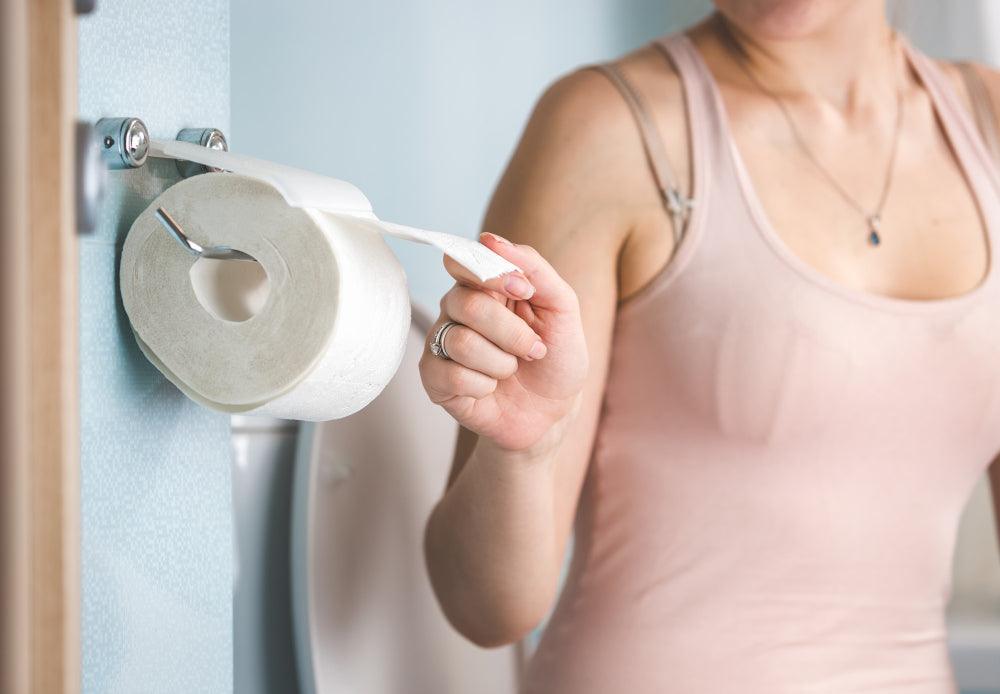
Related products
What’s covered?
What is female incontinence?
An overview
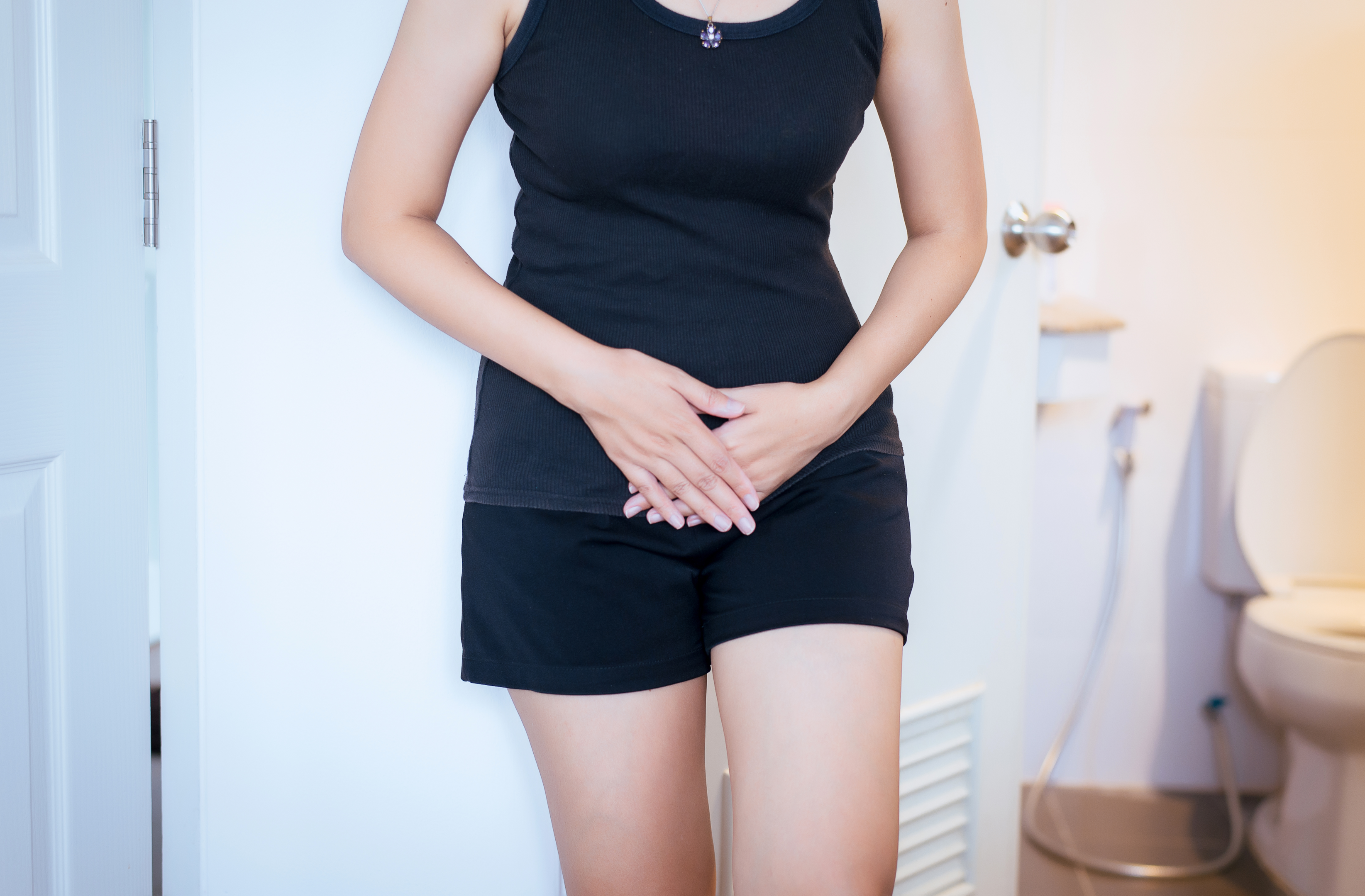
Loss of bladder control in women is referred to as female incontinence. Urinary incontinence during pregnancy or when suffering from a urinary tract infection is not unusual. There are numerous factors that can lead to chronic urine incontinence. One of the most frequent causes is the presence of pelvic floor problems after childbirth, menopause, surgery, obesity, urinary tract infections, cognitive decline, chronic cough, and constipation.
Types of urinary incontinence:
There are five types of female incontinence:
1. Urge incontinence
Women with urge incontinence frequently have the desire to urinate. They put up with urine leaks whenever they experience this need.
2. Stress urinary incontinence:
Women who suffer from this disorder, also known as physical or effort incontinence, may urinate when coughing, laughing, exercising, or sneezing. Doctors can inject a bulking gel or paste that thickens the area around the urethra. This can reduce stress incontinence but may need to be repeated.
3. Overflow incontinence
This is the name given to when you often or continuously urinate because your overactive bladder doesn't entirely empty. Overflow incontinence (chronic urinary retention) – is when you're unable to fully empty your bladder, which causes frequent leaking or 'total incontinence'.
4. Functional incontinence
You have a physical or mental impairment that prevents you from rapidly accessing the restroom. For instance, if you have bad arthritis, you might be unable to unzip your pants fast enough.
5. Mixed incontinence:
Many women report having both urge and stress incontinence at the same time, which is generally known as mixed urinary incontinence. Mixed incontinence is when your bladder cannot store any urine at all, which causes you to pass urine constantly or have frequent leaking. It's also possible to have a mixture of stress and urge urinary incontinence.
What are the risk factors for female incontinence?
Although female incontinence is quite prevalent, risk factors exist that increase your risk of developing urinary incontinence. These include:
Age:
As we age, the bladder's muscles start to weaken, which can cause incontinence. For men, incontinence is related to the prostate gland.
Pregnancy
Vaginal birth during pregnancy can injure or strain the pelvic floor muscles. This is known to develop urinary incontinence in women.
Being overweight:
People who are overweight are also putting more strain on their muscles around the bladder.
What are the symptoms of urinary incontinence?
Urination that is too frequent or that cannot be controlled while laughing, sneezing, or coughing is a symptom of involuntary urine loss or leakage.
How is urinary incontinence diagnosed?
To understand what is causing urinary incontinence, a doctor will check your medical history and complete a physical examination. There are many factors that may be contributing to incontinence, so a thorough overview is required. Then, a certified nurse practitioner will insert a small catheter into the urethra and then fill it with water to perform another test for spontaneous urine loss. The nurse will advise you to cough while pressing your chest down, and she will count the amount of water that comes out.
This test is an important factor in diagnosing the underlying causes of urinary incontinence. By undergoing this evaluation, your doctor will determine if the issue requires a urodynamic test which measures the activity of the bladder as it fills and empties. After this test, the cause and importance of the issue will be used to determine the best course of action.
Preventing urinary incontinence
It's not always possible to prevent urinary incontinence, but there are some steps you can take that may help reduce the chance of it happening. These include: maintaining a healthy weight, avoiding or cutting down on alcohol and staying active. If you have any digestive and kidney diseases, it's important to treat them because kidney diseases can affect your bladder muscle and the urinary tract, which leads to urine leaks.
Treatment options for female incontinence:
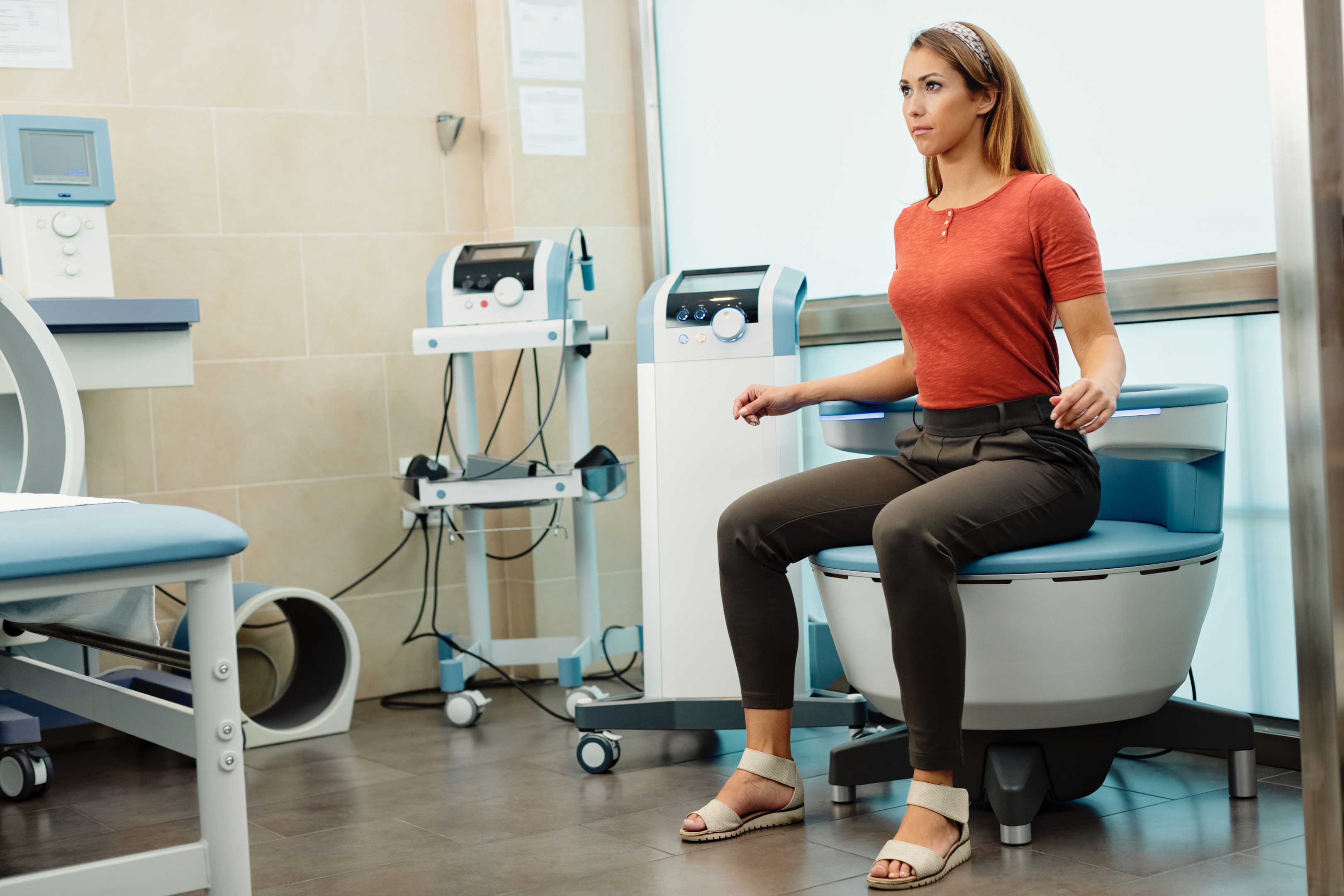
In order to find the best course of action, we collaborate with a team that includes surgeons, urogynecologists, physical therapists, and any other medical care team members because women who experience urine incontinence may also develop pelvic organ prolapse or other pelvic floor problems.
Non-surgical options
There are several nonsurgical treatments depending on the type of urinary incontinence. The best options for urine leakage are as follows:
1. Kegel exercise
The pelvic floor is strengthened through pelvic floor muscle training, which should be a regular part of a woman's routine, just like brushing her teeth. Even if you don't have any symptoms or have never given birth, you still need them for the well-being of your pelvic floor. The best part is that you can perform them while sitting at your desk or in your car without needing to drive to the gym. At your subsequent examination, your doctor will be able to provide you with some feedback on how you are doing.
A Kegel exercise is something you already do when your bladder is full and you don't want to leak. For these exercises, you perform a set of 10 to 15 repetitions, contracting for 5 to 10 seconds and then letting go for 5 to 10 seconds. The optimal number of sets per day is three.
2. Periodic voiding
Periodic voiding is when you avoid going to the bathroom on a regular basis, for instance, every two hours, even when there is no feeling of urgency. It is usually recommended to avoid stimulants like coffee, tea, and soda, however, if you need coffee in the morning, it might be okay to have one cup, but you might not want to have two in a row.
3. Exercise and weight loss.
A doctor may also inject collagen to strengthen the urethra's resilience or give medication to calm bladder urges or spasms. Injections of Botox are also occasionally used to relax the bladder.
Surgical treatment:
If non-surgical treatment is unsuccessful or if your incontinence is exceedingly significant, you should consider surgical intervention. Stress incontinence reacts strongly to surgery, while urge incontinence is typically best managed with pelvic floor workouts, behavioural, and lifestyle adjustments.
The "sling" operation is the most popular surgical treatment for stress incontinence. To do this, a tiny, fragile mesh or synthetic sling must be inserted behind the urethra (the channel that empties the bladder). This minimally invasive procedure can be completed in one day.
Most women can restart sexual activity in 4 weeks and return to their jobs in less than an hour after this procedure. This surgery can fit into your hectic schedule and has been shown to be a secure and efficient option. This option is one of our most well-researched practices for treating incontinence.
Here at Welzo we have information available to help you with incontinence. To learn more, click here.



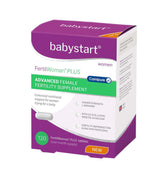
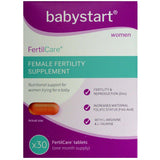
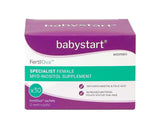





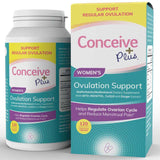




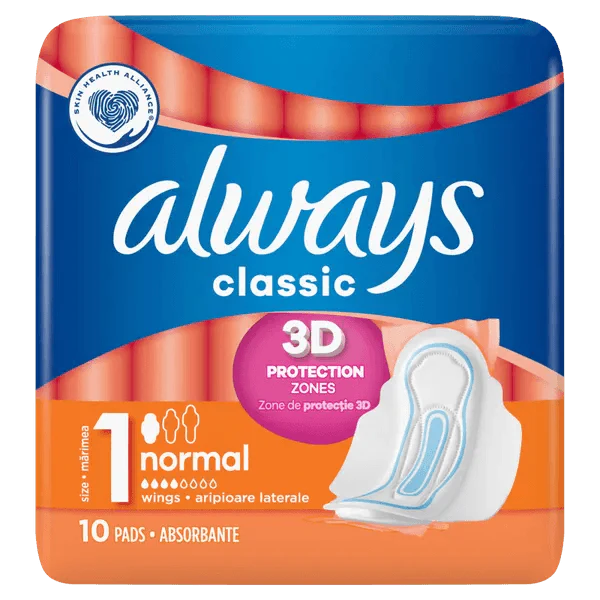


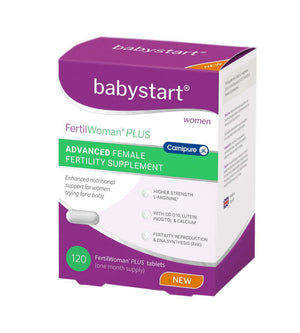
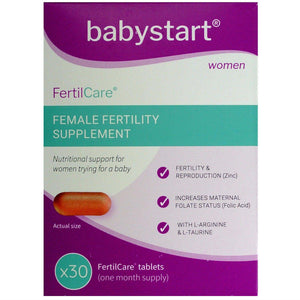
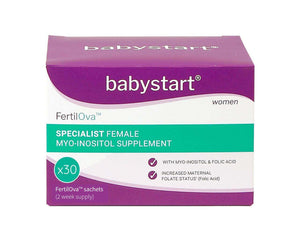


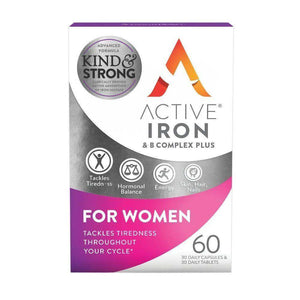


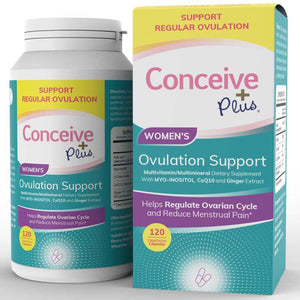






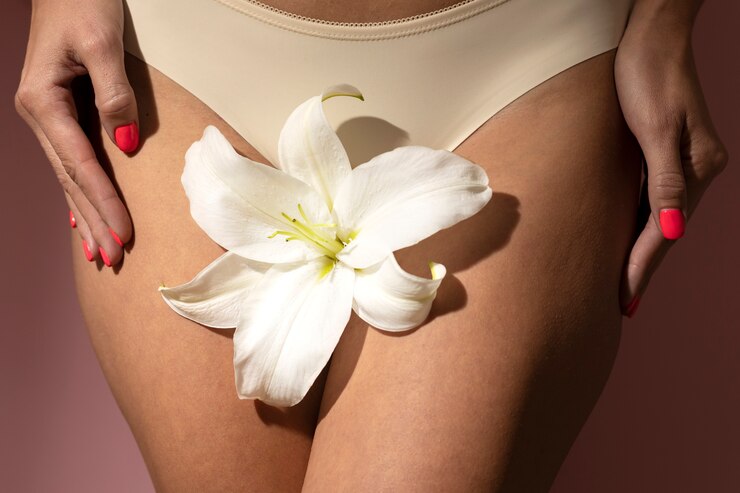

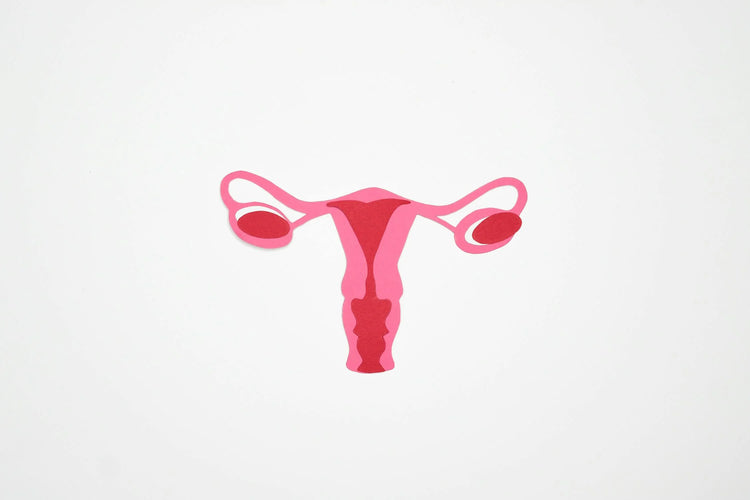
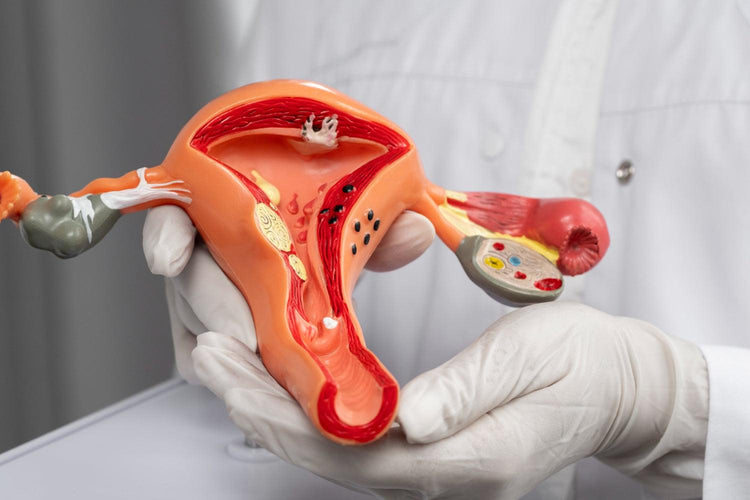
 Rated Excellent by 26,523+ Reviews
Rated Excellent by 26,523+ Reviews